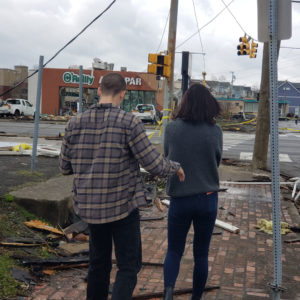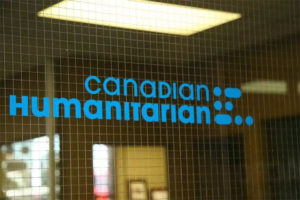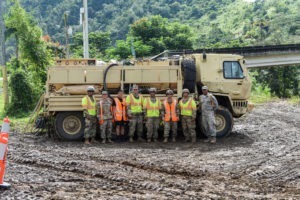
November 3, 2015; USA Today
According to USA Today, Cyclone Chapala was the second-strongest cyclone on record ever to hit the Arabian Gulf. The storm hit the coast of Yemen, causing numerous deaths and massive destruction from wind, rains, and flooding. According to CNN, the storm dumped two or three times as much rain in just one day as Yemen gets in an entire year. The United Nations estimated that 40,000 Yemenis on the mainland and on the Yemeni island of Socotra have been displaced or temporarily relocated due to Chapala.
Sign up for our free newsletters
Subscribe to NPQ's newsletters to have our top stories delivered directly to your inbox.
By signing up, you agree to our privacy policy and terms of use, and to receive messages from NPQ and our partners.
Aid is beginning to be sent to Yemen from Oman and the United Arab Emirates, but Yemen was already a humanitarian aid crisis spot before the cyclone hit. As of August, as a result of famine and other conditions exacerbated by a civil war abetted by actions conducted by the Yemeni government, Houthi rebels, the presence of an Al Qaeda affiliate, and a bombing campaign conducted by Saudi Arabia and its Gulf allies, the United Nations’ humanitarian coordinator described Yemen as a “humanitarian catastrophe.” According to the BBC, “the destruction of infrastructure and restrictions on imports imposed by a Saudi-led coalition carrying out air strikes against the rebels have led to 21 million people being deprived of life-sustaining commodities and basic services.” That is out of a total Yemen population estimated by the BBC of 26.7 million.
Our nation knows what’s going on. According to a fact sheet on the USAID webpage, “rising fuel and food prices, high levels of unemployment, conflict, and conflict-related displacement have left nearly half of Yemen’s 24.8 million people food insecure, of which 1 million children suffer from acute malnutrition—the second-highest child malnutrition level in the world.” (USAID uses a different population number than the BBC for a country that has porous desert boundaries and nomadic tribes). It should be no surprise that according to the European Union Yemen always ranks just about next to the top on the list of nations regarding global vulnerability affecting humanitarian relief strategies.
A number of well-recognized humanitarian relief organizations have long been trying to get aid to Yemen despite the lack of “secure humanitarian aid corridors,” the new euphemism for temporarily sort-of-safe places where aid can be delivered without the wanton death and destruction of the aid recipients or aid givers. Among them are CARE, Doctors Without Borders, the International Rescue Committee, the Red Cross, the Mercy Corps, Oxfam International, Save the Children, the World Food Programme, and UNICEF. They were all already struggling to deliver humanitarian assistance in this barely functioning country that has been devolving in governmental terms to the level of something like Somalia. If NPQ readers know of humanitarian aid groups that are generating new mechanisms of relief in response to Cyclone Chapala on top of the already miserable conditions facing Yemeni citizens and refugees, please post them on the NPQ webpage using the “comment” function on this article.—Rick Cohen













